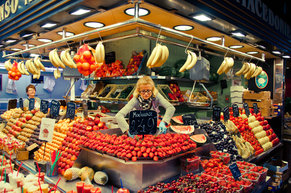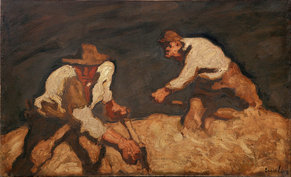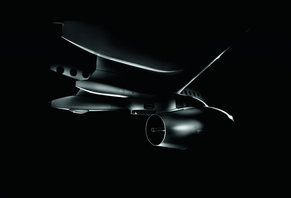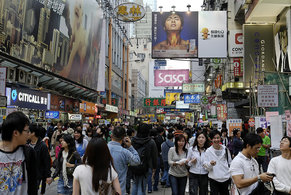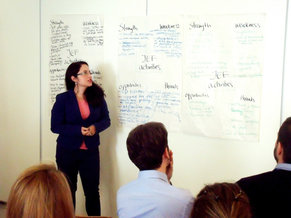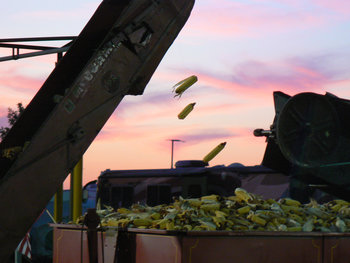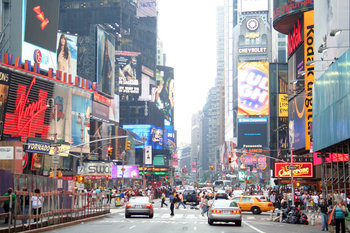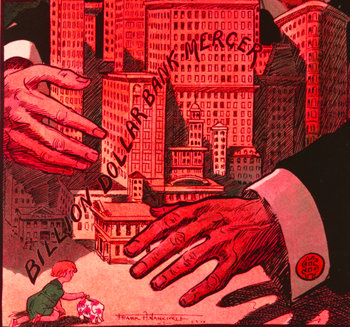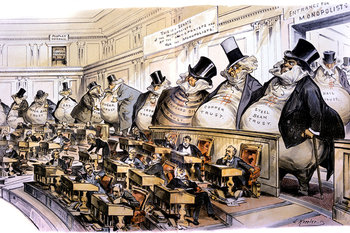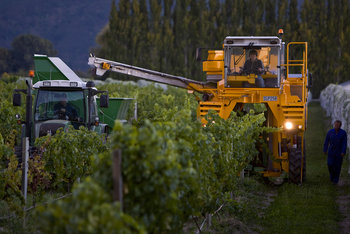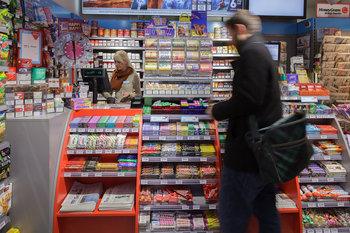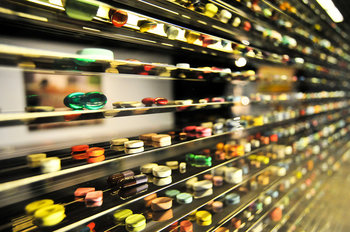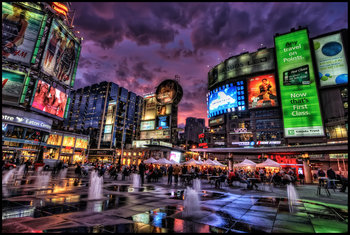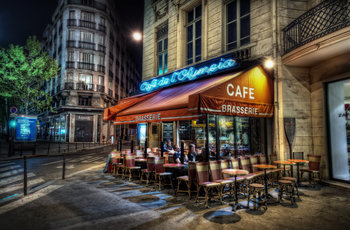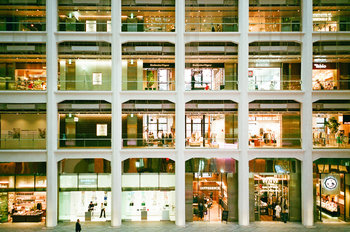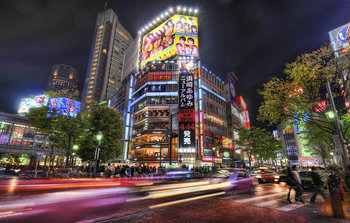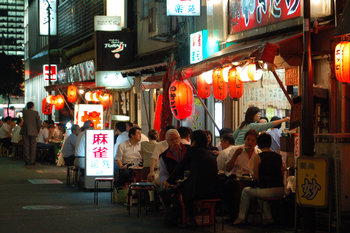
Price
Price is perhaps the most common form of competition as products that fail to stand out in the market can only compete on price.Promotion
Ads and other types of promotion that help products to stand out as recognizable, high quality or unique. In many cases, an advertisement does nothing but associate a product with a positive emotion or idea.Niche
Serving a small market with unique preferences and needs.Positioning
Developing products that fit a unique slot on the market such as the only black, unsweetened organic coffee beverage on the shelves of convenience stores.Location
Convenient locations. In some cases, prime locations such as luxury shopping areas also help as they can make a brand seem luxurious.Sales
Skilled salespeople.Technology
Superior technology in areas such as products, operations or marketing.Cost
The ability to produce at the lowest cost. In some industries, cost is the only competitive advantage possible as price is set by the market and customers see no difference between products.Features
Products with superior features such as an unusually safe car.Customer Experience
An overall experience that customers prefer such as a restaurant with a pleasant ambiance, tasty food and diligent staff.Values
Values that customers identify with such as sustainability.Innovation
Inventive thinking that leaps beyond the current state of the art.Risk
The ability to navigate risk more successfully than the competition.Figure Of Merit
Competing on a measurable aspect of a product that customers value such as the efficiency of solar panels.Time to Market
Being the first to market with an anticipated product or feature.Sustainability
Products that don't harm the environment over their full lifecycle.Distribution
Advantages in getting the product to customers such as strong sales partners.Customization
Allowing customers to customize products and services.Reputation
In many industries, reputation is a primary competitive factor. For example, people want investment advice from reputable sources.Social Status
Social signals such as a fashion designer who has plenty of celebrity friends and clients.Scarcity
Offering something nobody else can. For example, a railway with a monopoly.Speed
The ability to execute a service quickly.Experience
A list of accomplishments such as a consultancy with an established history with major clients.Scale
The ability to produce at scale generally lowers unit cost and allows a firm to serve large markets and customers.Scope
Offering a broad range of products that compliment each other in some way.Art & Design
Intangible qualities that capture the imagination of customers such as aesthetics.Time & Place
Being in the right place at the right time such as an ice cream vendor at a parade on a hot day.Impermanence
Producing things that feel once in a lifetime such as music festivals that are never the same twice.Quality
Products, services and experiences that are superior in the eyes of customers such as a camera that is impossible to break or dessert with a remarkably soft texture.Relationships
Personal or brand relationships with customers.Legacy
An interesting history associated with a firm that gives it a strong presence in a market.Storytelling
Communicating your value in a compelling way using storytelling techniques.Awareness
Customers tend to prefer products they have heard about and may avoid the unknown.Vision
A firm that paints an inspiring picture of its future or the future in general.| Overview: Competition | ||
Type | ||
Definition | The process of winning business in a crowded market. | |
Related Concepts | ||

